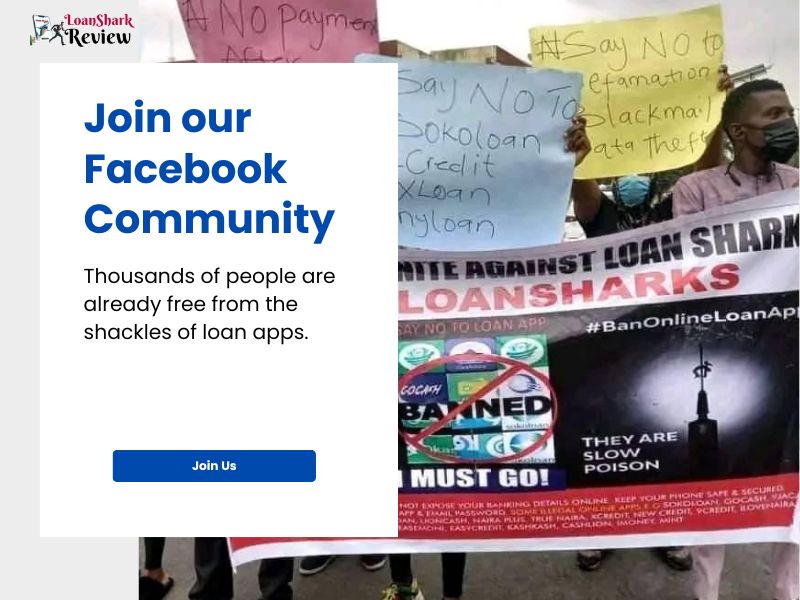In today's digital age, having a strong online presence is essential for any Small and Medium-Sized Enterprise (SMSE) looking to grow. An online presence helps businesses increase brand visibility, attract new customers, and ultimately boost sales. However, many SMSEs struggle to navigate the complexities of digital marketing. This guide provides a step-by-step approach to building a solid online presence, ensuring your business thrives in the digital space.
1. Create a Professional Website
Your website is your digital storefront, and having a well-designed, functional site is the foundation of a strong online presence. A professional website enhances credibility and helps potential customers find information about your products or services.
Step-by-Step Solution:
- Step 1: Choose a domain name that reflects your business. It should be short, memorable, and easy to spell (e.g., www.mystore.com).
- Step 2: Use a website builder like WordPress, Wix, or Shopify to create a user-friendly website. These platforms offer templates that make design simple, even for beginners.
- Step 3: Ensure your website is mobile-friendly, as most customers will access it on their smartphones.
- Step 4: Add essential information such as contact details, product descriptions, and a blog to engage visitors.
Example: If you’re a clothing retailer, your website could feature an online store where customers can browse collections, place orders, and read customer reviews.
2. Optimize for Search Engines (SEO)
Search Engine Optimization (SEO) is key to increasing your website’s visibility. With effective SEO, your business can appear on the first page of search engine results when potential customers look for products or services you offer.
Step-by-Step Solution:
- Step 1: Use relevant keywords in your website content, titles, and meta descriptions. For example, if you sell shoes, use keywords like “buy shoes in Nigeria” or “affordable shoes.”
- Step 2: Create quality content that answers questions customers may have. Blogging about your industry helps increase your website's ranking.
- Step 3: Improve your website’s loading speed, as slow websites tend to rank lower.
- Step 4: Build backlinks by getting other reputable websites to link to your content.
Example: A bakery could write blog posts on topics like “How to Choose the Best Wedding Cake in Lagos,” with keywords that potential customers are searching for.
3. Leverage Social Media Platforms
Social media platforms like Facebook, Instagram, Twitter (now X), and LinkedIn provide businesses with a direct channel to engage with their audience, build relationships, and drive traffic to their website.
Step-by-Step Solution:
- Step 1: Create business profiles on relevant social media platforms where your target audience is most active.
- Step 2: Post engaging content regularly. This could include product photos, how-to videos, and customer testimonials.
- Step 3: Use hashtags and location tags to expand your reach and attract more followers.
- Step 4: Engage with your audience by responding to comments, running polls, and hosting giveaways.
Example: A local restaurant could post pictures of their daily specials on Instagram and use hashtags like #LagosEats or #BestFoodInNigeria to attract local food lovers.
4. Set Up Google My Business
Google My Business (GMB) is a free tool that helps businesses manage their online presence across Google, including Search and Maps. GMB increases your chances of being found by local customers searching for businesses like yours.
Step-by-Step Solution:
- Step 1: Visit the Google My Business website and sign up for a free account.
- Step 2: Enter your business details, including your name, address, phone number, and website URL.
- Step 3: Verify your business by receiving a postcard from Google with a verification code.
- Step 4: Once verified, update your profile regularly with new photos, posts, and offers.
Example: If you own a car repair shop, listing your business on Google My Business ensures customers can easily find you when they search “car repair near me” on Google.
5. Create and Share Valuable Content
Content marketing is an effective way to attract and retain customers by providing them with valuable and relevant information. Whether it's blog posts, videos, infographics, or podcasts, content helps establish your brand as an authority in your industry.
Step-by-Step Solution:
- Step 1: Identify the needs of your target audience and create content that addresses those needs.
- Step 2: Consistently publish high-quality content, whether it’s articles, how-to guides, or product demos.
- Step 3: Share your content on social media and through email newsletters to increase visibility.
- Step 4: Repurpose content in different formats (e.g., turn a blog post into a video) to reach different types of audiences.
Example: A fitness studio could create a series of workout videos or write blog posts about healthy eating habits, positioning itself as an expert in fitness and wellness.
6. Utilize Email Marketing
Email marketing is a powerful tool for building relationships with your customers, nurturing leads, and driving conversions. It allows you to send personalized messages to potential and existing customers directly.
Step-by-Step Solution:
- Step 1: Build an email list by encouraging website visitors to subscribe to your newsletter or sign up for special offers.
- Step 2: Use an email marketing platform like Mailchimp or ConvertKit to create professional-looking emails.
- Step 3: Segment your audience based on their interests or behaviors and send targeted emails that are relevant to each group.
- Step 4: Track the performance of your email campaigns, including open rates and click-through rates, to refine your strategy.
Example: A skincare brand could send out a monthly newsletter featuring beauty tips, new product launches, and exclusive discounts to keep customers engaged.
7. Invest in Online Advertising
Paid advertising on platforms like Google, Facebook, and Instagram can help you reach a larger audience quickly. Digital ads allow you to target specific demographics, locations, and interests, making your marketing efforts more efficient.
Step-by-Step Solution:
- Step 1: Set a clear objective for your campaign, such as driving website traffic or increasing product sales.
- Step 2: Choose the right platform for your ads based on where your target audience spends most of their time.
- Step 3: Use eye-catching visuals and compelling copy to encourage users to click on your ad.
- Step 4: Monitor the performance of your ads and adjust your strategy based on the results (e.g., optimizing for better keywords or improving the design).
Example: A fashion retailer could run Facebook ads showcasing their new collection, targeting women aged 18-35 living in Lagos.
Conclusion
Building a strong online presence is not a one-time task but an ongoing process that requires consistency and effort. From creating a professional website to leveraging social media and SEO, these steps will help you establish and maintain a robust digital presence that will grow your SMSE business. Start implementing these strategies today, and you’ll soon see the impact on your brand visibility and customer base.


.jpg)





.webp)






(0) Comment(s)
Write a comment